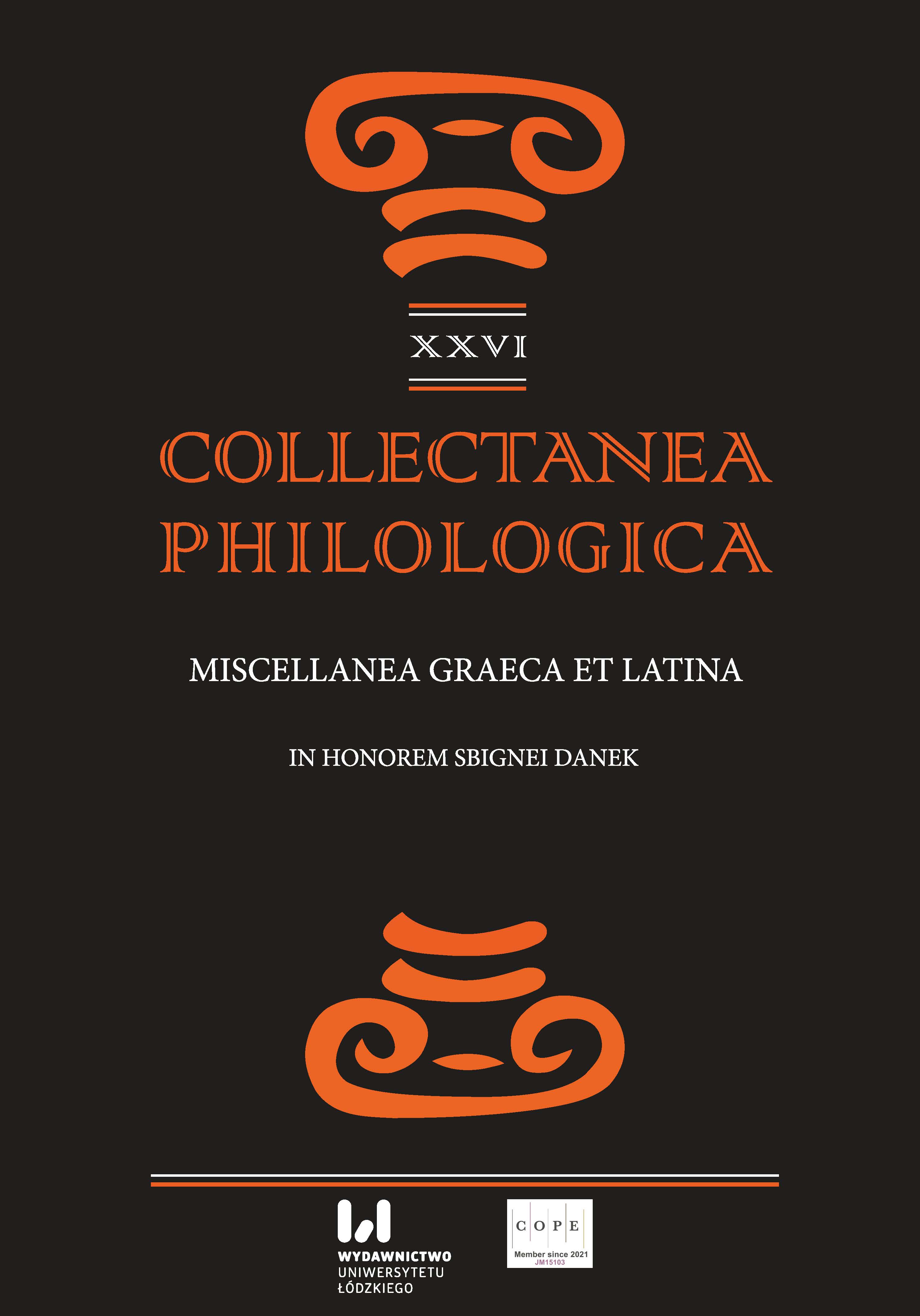The Motif of Arboreal Metamorphosis in the Neo-Latin Pastoral. The Case Study of Jacopo Sannazaro’s Salices and Pierre-Daniel Huet’s Vitis
The Motif of Arboreal Metamorphosis in the Neo-Latin Pastoral. The Case Study of Jacopo Sannazaro’s Salices and Pierre-Daniel Huet’s Vitis
Author(s): Elżbieta GórkaSubject(s): History, Language studies, Language and Literature Studies, Studies of Literature, Ancient World, Latvian Literature
Published by: Wydawnictwo Uniwersytetu Łódzkiego
Keywords: Neo-Latin bucolic; metamorphosis; Jacopo Sannazaro; Salices; Pierre-Daniel Huet
Summary/Abstract: The aim of this article is to analyse two examples of the motif of arboreal metamorphosis in the Neo-Latin bucolic, present in the poems by Jacopo Sannazaro (Salices) and Pierre-Daniel Huet (Vitis). In Salices, nymphs fleeing from the deities are transformed into willows, repeting the fate of Ovid’s Daphne, Syrinx and the Heliades. In Vitis the poet creates a story about a nymph, named Vitis, on the basis of the love story of the satyr Ampelos and Dionysus. For betraying Bacchus, she is turned into a vine and her lover Ulmus into an elm. Their fate is similar to Ovid’s Myrrha and Philemon and Baucis. In the history of Vitis, particularly in the description of the lovers’ metamorphosis, one can see borrowings from Sannazaro. Both bucolic poems are linked by the ambiguity of the ontological status of the newly created plants. They differ in their moral interpretation of metamorphosis. The turning of the nymphs into trees can be understood as some kind of punishment for the rape that had been committed on them. On the other hand, Vitis, who committed treachery, is in fact rewarded and by the will of Jupiter she remains united with her lover forever.
Journal: Collectanea Philologica
- Issue Year: XXVI/2023
- Issue No: 1
- Page Range: 197-212
- Page Count: 16
- Language: English

